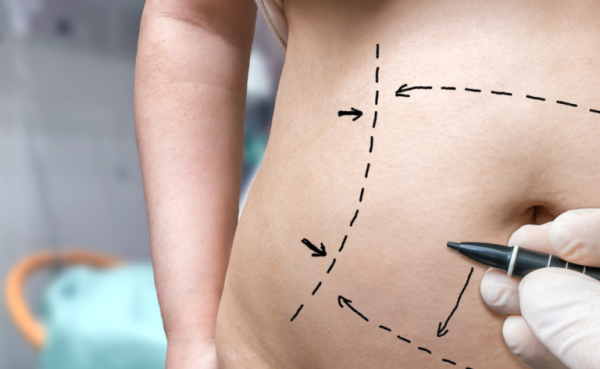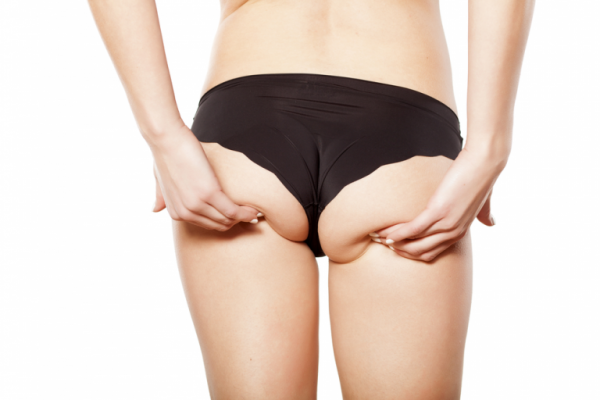Dermabrasion
The dermabrasion procedure is a technique used to remove outer layers of skin on the face to improve the appearance of skin.
What Is A Dermabrasion Facial?
A revolving abrasive tool is used to remove superficial layers of skin to improve the natural appearance. Commonly practised on the face, the dermabrasion procedure is performed in a medical environment by a dermatologist or cosmetic surgeon specifically trained to perform the procedure.
What Can The Dermabrasion Do For Your Skin?
There are several ways a Dermabrasion can help your skin, which include:
- Reducing fine lines and wrinkles
- It can treat acne scars and other particular types of acne
- Reduces the visibility of freckles, age spots & dark patches
- The dermabrasion procedure can even out skin tone
- Make your skin feel rejuvenated and look younger
- Improves the appearance of mild scars
- It helps to remove tattoos and smooth out skin where a tattoo once was
- Reduces signs of sun damage and can remove precancerous skin patches
What Happens During a Dermabrasion Facial?
Anaesthesia is used during the procedure, however, its extent does revolve around the reason for your treatment. Typically, your surgeon will give you mild anaesthesia but in some cases where the procedure takes longer or the area of focus is going to take longer, you may require sedation to make you feel drowsy and relaxed.
During the dermabrasion procedure, an assistant will hold the targetted skin taut as the surgeon moves an electrical tool called a dermabrader across your skin. The device is small and motorised with a rough surface to help remove the superficial layers of skin. The head of the device can vary depending on the size of the selected area, on larger patches of skin a circular dermabrader is used, and on smaller patches, a micro tip is used.
Straight after the treatment is completed, the surgeon will cover the skin with moist dressed to improves the recovery process. This dressing is commonly changed at the following appointment the next day. You will then be given instructions on how to easily change the dressing and you should be able to return to your normal routine within two weeks.
Results
Following the dermabrasion procedure, you can expect to see your skin look pink and feel like it’s burning or tingling. There is also a possibility that the skin crusts over during the healing procedure and a clear or yellow liquid may ooze from the treated area. It normally takes up to three months to fully recover and once your skin is better, you should see and feel smoother, clearer skin with a much better tone.
Risks and Complications
The risk and complications that are known to occur during a dermabrasion facial are similar to other surgical procedures. They can include bleeding, infections or an allergic reaction to the anaesthesia. The risks that are specific to dermabrasion are the following:
- A breakout of acne
- Swelling
- Loss of freckles
- A rash or redness
- Enlarged pores (however this is usually temporary)
- Change in skin tone







